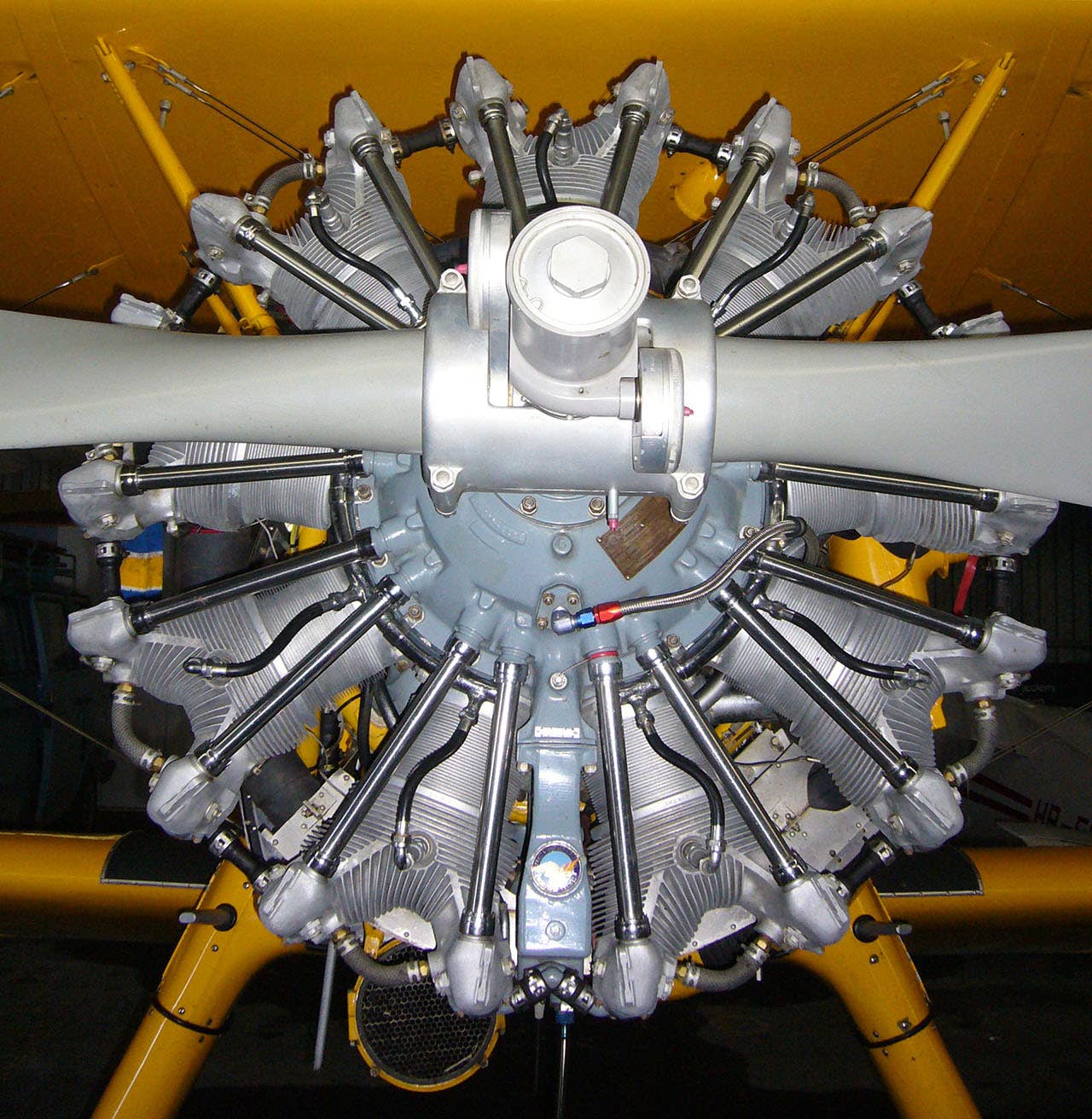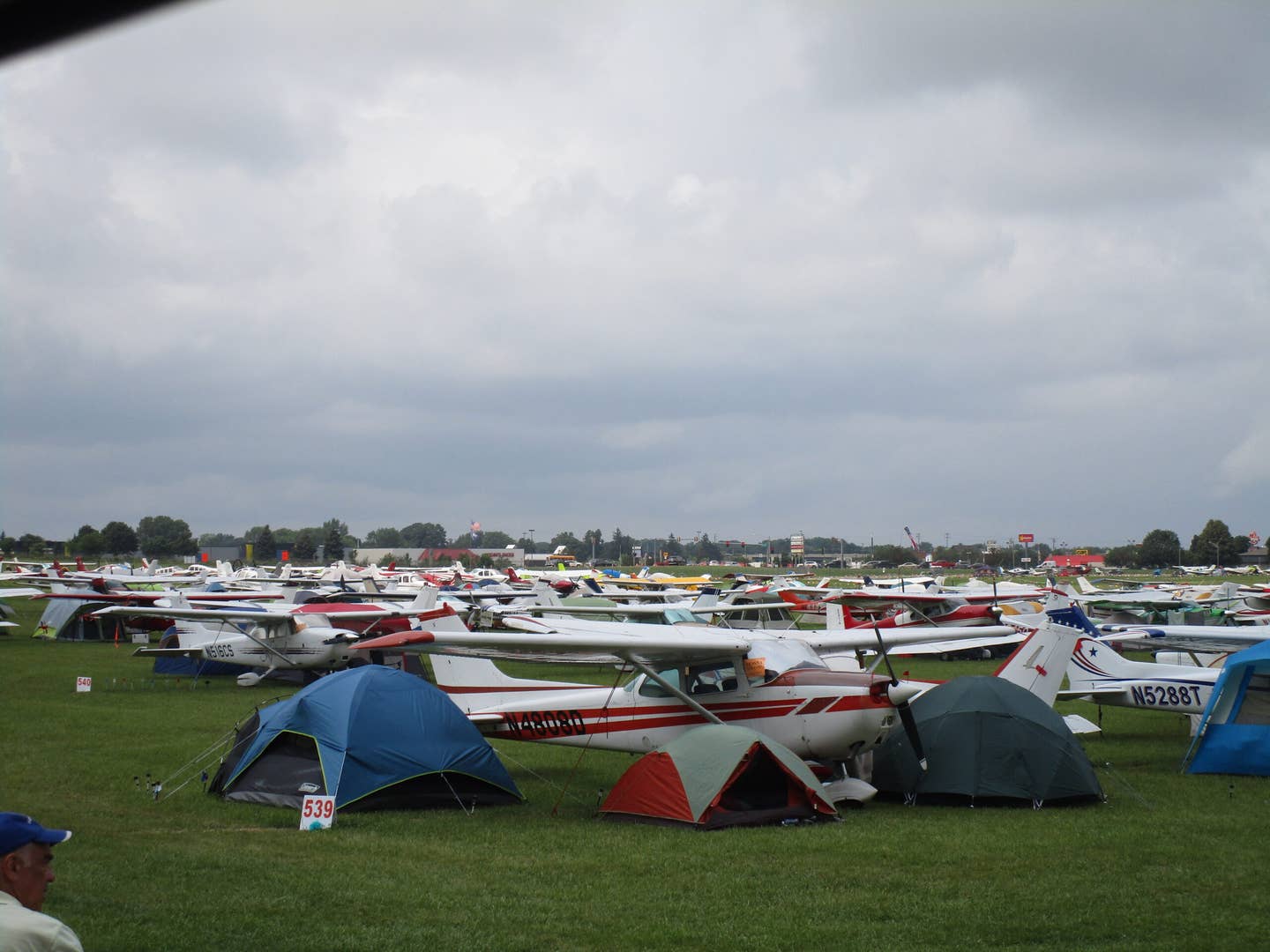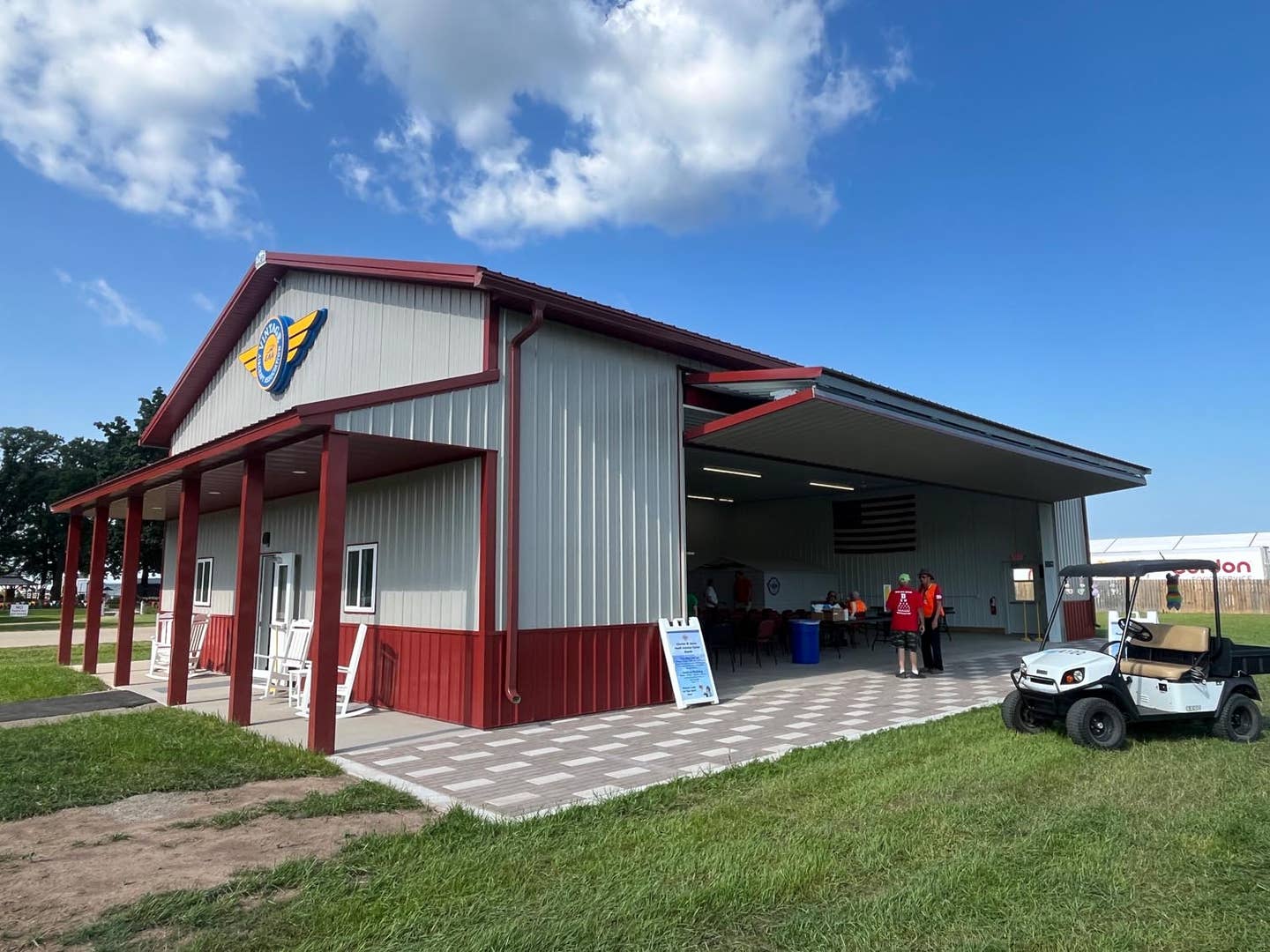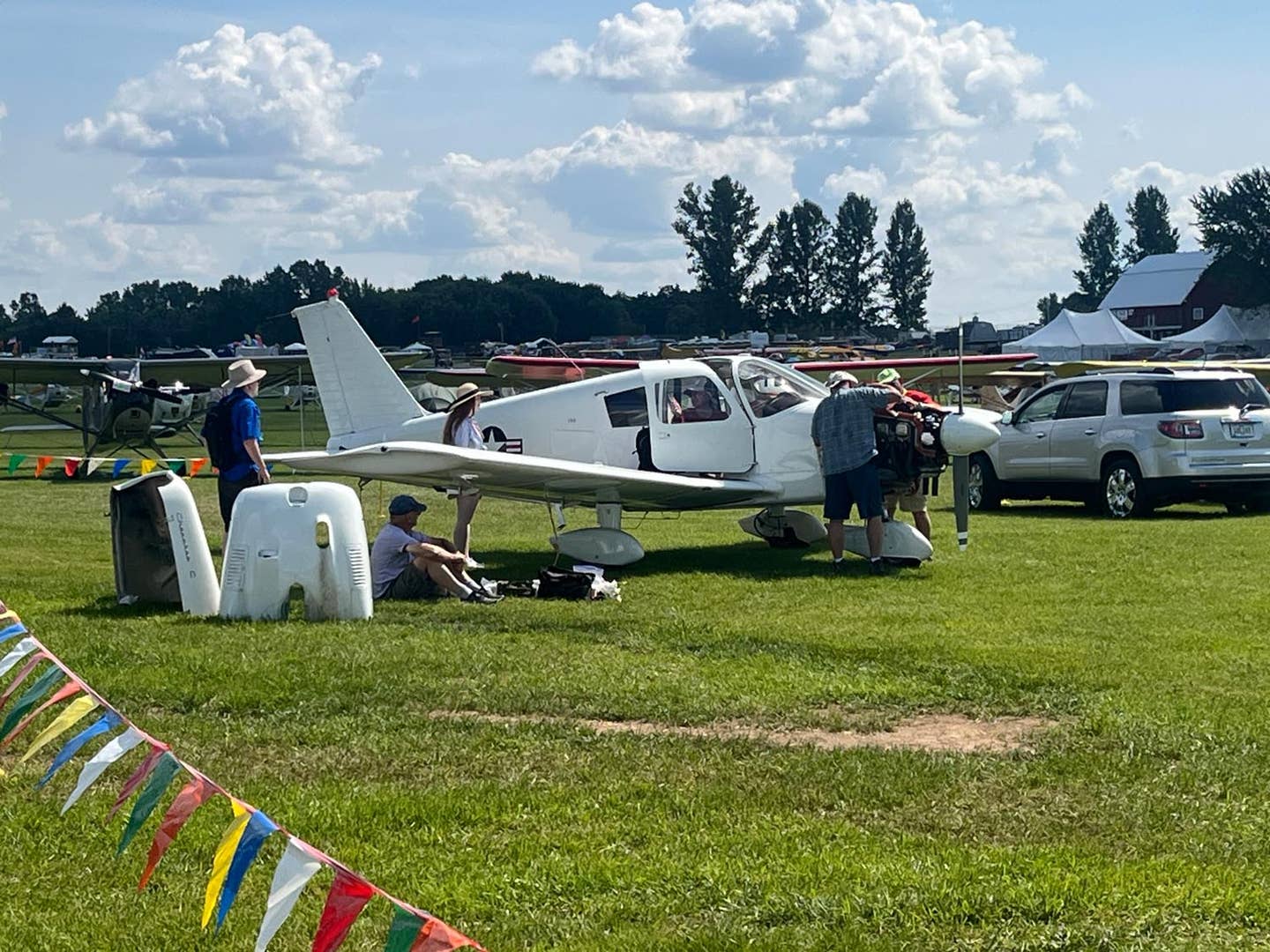Pratt & Whitney Wasp Radial Engine
In the beginning of powered flight, designers quickly settled, with a bit of palavering, on gas-reciprocating piston engines (with air cooling for them soon winning favor as well). For more…

One of the most popular and influential engines of the day was the Pratt & Whitney R-985 Wasp Junior nine-cylinder radial engine, which allowed for the development of larger and faster aircraft. This 400 hp engine, along with its 600 hp Wasp counterpart, made possible hundreds of new aircraft designs. Photo by JAW at English Wikipedia, CC BY-SA 3.0, via Wikimedia Commons.
In the beginning of powered flight, designers quickly settled, with a bit of palavering, on gas-reciprocating piston engines (with air cooling for them soon winning favor as well). For more pep, aviation followed a new technology, the rotary engine, which was limited, complicated, hard to operate and unreliable. Other than that!
So it wasn't long before a new kid showed up, one that had the ability to grow big and strong, something rotaries would never be able to do. That engine was, of course, the radial engine, and the advances it allowed were revolutionary.
The cylinders of a radial (always an odd number for the sake of four-stroke firing order) are fixed, and cooling is provided by direct airflow into the engine while the plane is in flight, along with a recirculating oil system. It was so much simpler, more capable and reliable than rotary design that, in retrospect, it is no surprise the rotary didn't fade into the sunset as much as it just went away.
Early radial engines included the Anzani three-cylinder model, which powered Louis Blériot's English Channel-crossing Blériot XI, and the nine-cylinder Salmson radial engine, both of which debuted before WWI. But rotaries seized the day, and it wasn't until around the end of the conflict that radials' advantages were fully understood.
While radial engine developments in Germany and England predated it, the Pratt & Whitney Wasp engine was the most influential early radial engine, first run in 1925. P&W would go on to produce more than 35,000 of these 600-hp, 1,344-cubic-inch, nine-cylinder, single-row engines, which were used in dozens of different aircraft models.
The power output was orders of magnitude greater than the most powerful rotaries, and these radial engines had far better power-to-weight ratios as well. Operating these engines was easy compared to rotaries---power was infinitely adjustable with a radial---and radials were far more reliable than rotaries, too.
Unlike rotaries, they were also scalable, to a great degree, anyway. Multi-row radials produced by Pratt & Whitney, including the Double Wasp, which powered the Republic P-47, the Vought F4U Corsair, Grumman Hellcat and many others, were 2,400-hp-class engines. Competitor Wright produced its Cyclone series, which ranged up to the twin-row, 18-cylinder Duplex-Cyclone, which could produce as much as 3,700 hp.
Radial engines, popular in both military and private transportation aircraft, were the predominant engine type leading up to and during WWII, as well as for a time afterward---the late-war B-29 Superfortress was powered by a quartet of Duplex-Cyclone engines. But the writing was on the wall for radial engines even before the end of the war, as the advantages of inline engines highlighted some of the issues with radials, and turbojets were just over the horizon.

Subscribe to Our Newsletter
Get the latest Plane & Pilot Magazine stories delivered directly to your inbox






